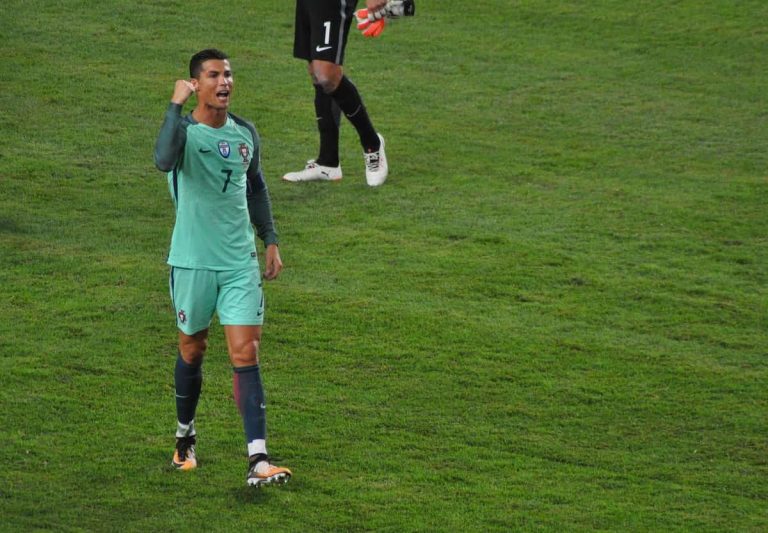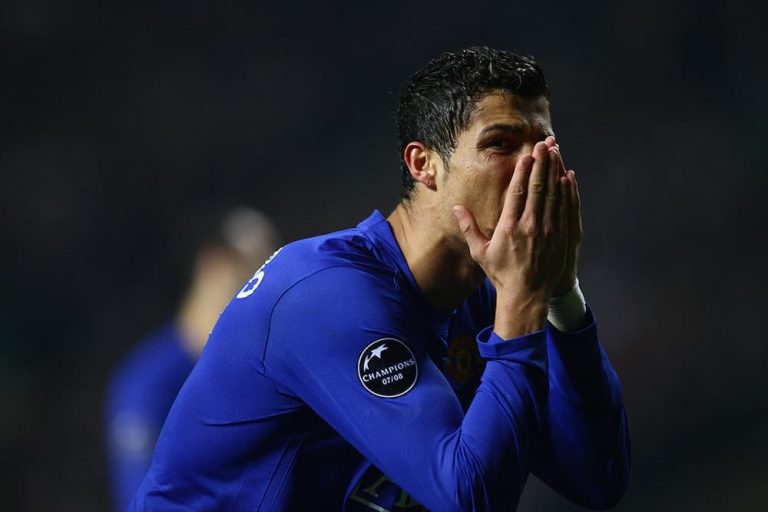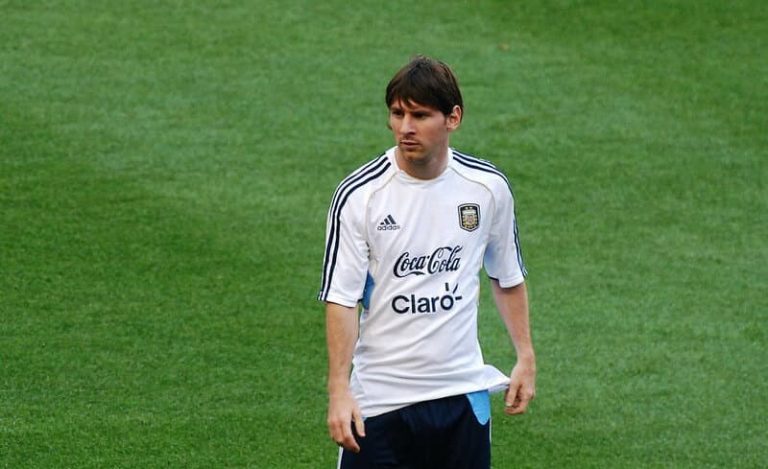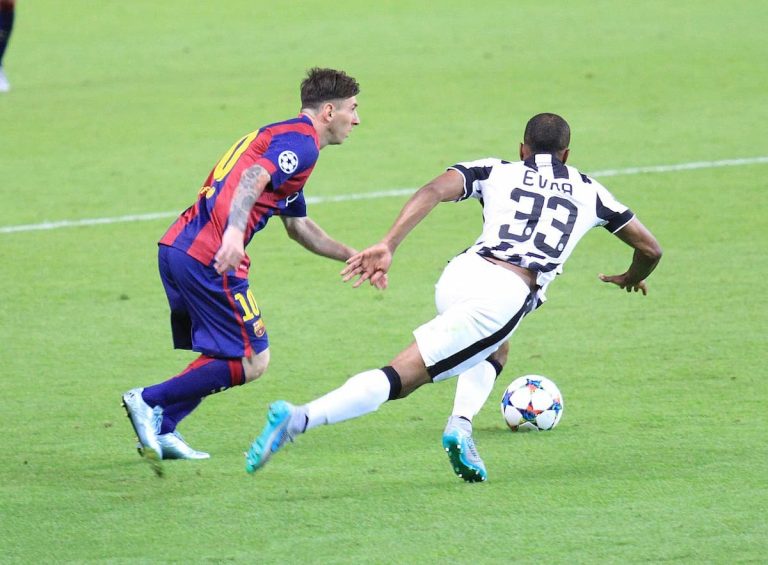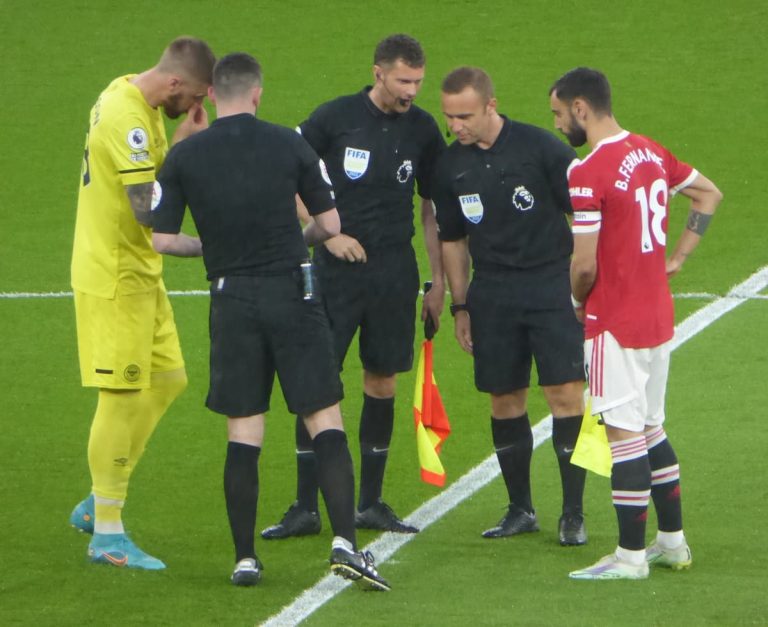FIFA World Cup Standings Explained
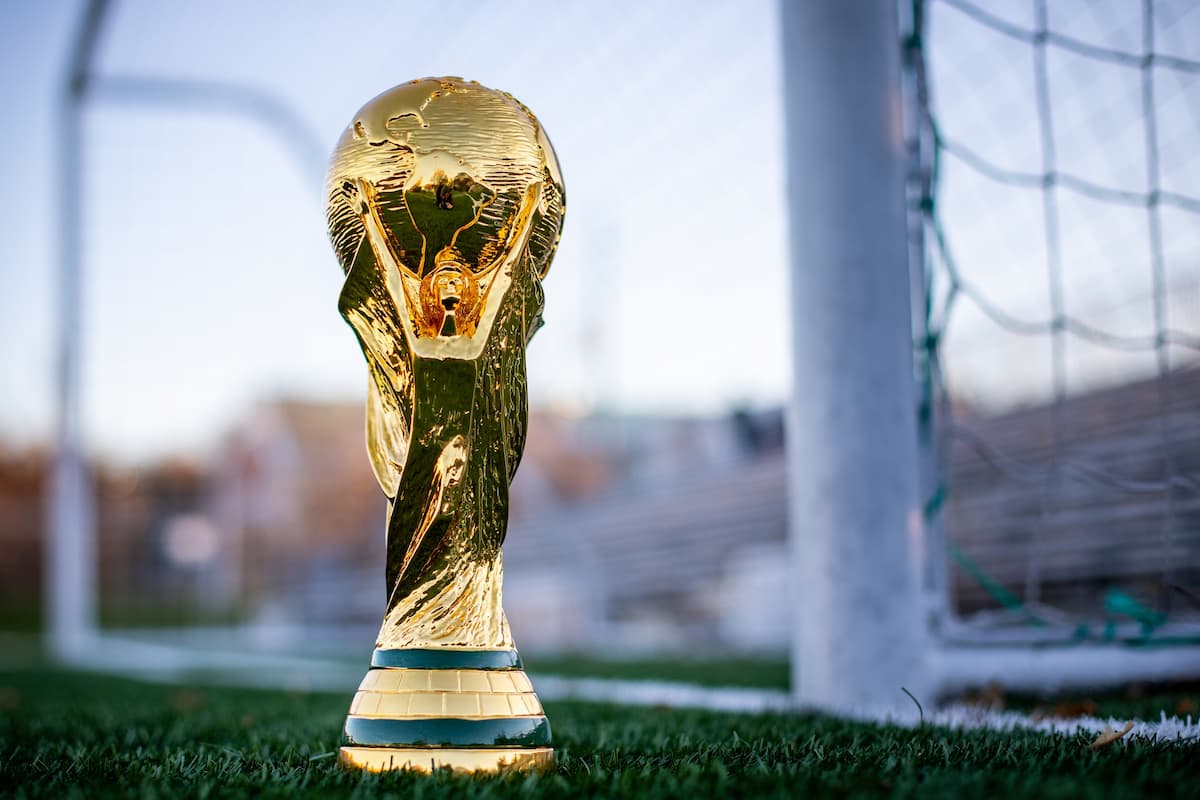
The World Cup comes round every four years, and the most coveted tournament on the planet has thrown us some historical moments every time. When it comes to deciding which teams progress to the next stage of the competition, a standings systems comes into play.
Do you know how FIFA’s standing system works? What happens if two teams are tied on points after the group stages? What about three teams or four? We answer all of these questions in this detailed World Cup standings explained article. Read on to find out more.
Table of Contents
How Does the FIFA World Cup Standings System Work?
World Cup groups standings are decided in the following order:
- Highest total points
- Best goal difference
- Highest amount of goals scored
- Fair play record (if teams are tied)
- Drawing of lots (if teams are still tied)
Format of FIFA World Cup
During a World Cup, there are two stages of the competition – the group stages and the knockout stages.
Group Stages
In order to decipher which teams play against each other in each group of the World Cup, a draw is made before the tournament starts. For the 2022 World Cup, there were 4 pots of 8 teams drawn, and no two teams from the same pot could’ve been drawn against each other in a group.
This is to make the groups as even as possible in terms of talent. You might be wondering how they decide which teams go into which pot:
Pot 1 – The host nation, which in 2022 was Qatar, were joined by the seven-highest ranking countries.
Pot 2 – Includes the teams ranked 8th-15th.
Pot 3 – Includes the teams ranked 16th-23rd.
Pot 4 – Includes the teams ranked 24th-28th, as well as the two winners of the intercontinental play-offs and the UEFA playoff winner.
Knockout Stages
Following the group stages there is the knockout stages which includes the round of 16, quarter-finals, semi-finals and final. During these stages, the team that loses the match will be “knocked out” of the competition.
How World Cup Standings Are Determined
Now let’s look at how World Cup standings are determined. This is initially decided via overall points, goal difference and goals scored.
Overall Points
In the group stages, countries are ranked by total points from the results of their three group matches. Like all other competitions, a team will received 3 points for a win, 1 point for a draw and 0 points for a loss.
If a team wins all of their group matches, they will receive 9 points and if they lose all of their matches they’ll end the group stages on 0 points.
Goal Difference
If two teams are tied on points, the winner of the group will be determined by basic group goal difference, which is the total of goals scored minus the total of goals conceded. This is different to the Champions League, where head-to-head goal difference is assessed at this stage.
Goals Scored
The next factor to be looked at is goals scored. Essentially, the team that has scored the most goals during the group stage is ranked the highest.
Head-to-Head Record
If two, three or four teams can’t be differentiated by overall points, goal difference and goals scored, World Cup officials will then assess the head-to-head record.
If Two Teams Are Tied on Points
The first head-to-head criteria to be looked at is the points between the two tied teams. If one of the teams won their match against the other, they will be ranked highest in that group’s World Cup standings. On the other hand, if the match ended in a draw, the officials will move onto the next criteria.
If Three Teams Are Tied on Points
If three teams are tied on points, their head-to-head record is assessed via a mini league, as there are three matches to address. This mini league is ranked by:
- Points
- Goal difference
- Goals scored
If, following this analysis, all three teams are still evenly tied, the standings will then be dictated by each side’s fair play record.
On the other hand, if only two teams are tied at this point, the third place has been subsequently decided and the other team’s fair play records are assessed.
If Four Teams Are Tied on Points
If all four teams are tied on points, World Cup officials will skip straight to fair play records to decide each group’s standings.
Fair Play Record
As previously explained, if two, three or four teams can’t be separated at the head-to-head stage, FIFA World Cup standings are decided via each team’s fair play record.
During this process, each type of caution is given a value:
- Yellow card – minus 1 point
- Indirect red card – minus 3 points
- Direct red card – minus 4 points
- Yellow card and direct red card – minutes 5 points
Once each team’s total has been calculated, the team with the highest fair play points value is ranked highest.
Drawing of Lots
If teams are still tied after fair play points are calculated, the last step to take is drawing of lots.
This is when two balls are place in a pot, and the first team to be drawn would be ranked highest in the standings. It’s worth noting that the drawn by somebody from the World Cup organising committee who is not from either of the countries in consideration.
Examples of Fair Play Record Tiebreakers
Japan and Senegal
The only time that the fair play record has been required to rank teams was during the 2018 World Cup in Russia.
| Rank | Country | GP | GF | GA | PTS | GD |
| 1 | Colombia | 3 | 5 | 2 | 6 | +3 |
| 2 | Japan* | 3 | 4 | 4 | 4 | 0 |
| 3 | Senegal* | 3 | 4 | 4 | 4 | 0 |
| 4 | Poland | 3 | 2 | 5 | 3 | -3 |
*Decided by fair play points
After each country had played 3 matches, Japan and Senegal both had:
- 4 points each
- A goal difference of 0
- Had both scored 4 goals
After calculating each country’s fair play record:
- Japan finished on minus 4 points
- Senegal finished on minus 6 points
This meant that Japan progressed to the round of 16 knockout stages, which they lost 3-2 to Belgium.
Mexico and Poland
There was almost another instance of fair play record analysis during the 2022 Qatar World Cup. Mexico were about to head out of the competition to Poland on their yellow card value, but Saudi Arabia scored a late goal against Mexico, which meant they were eliminated on goal difference.
Examples of Drawing of Lots
Republic of Ireland and Netherlands
There has only been one instance of drawing of lots, and this was during the 1990 World Cup in Italy. It’s worth noting that fair play was not used as a tiebreaker until after the 2014 Brazil World Cup.
| Rank | Country | GP | GF | GA | PTS | GD |
| 1 | England | 3 | 2 | 1 | 4 | +1 |
| 2 | Rep. Ireland* | 3 | 2 | 2 | 3 | 0 |
| 3 | Netherlands* | 3 | 2 | 2 | 3 | 0 |
| 4 | Egypt | 3 | 1 | 2 | 1 | -1 |
*Decided by drawing of lots
Both the Republic of Ireland and the Netherlands finished the group stage with identical records:
- 3 points each
- 2 goals scored
- 2 goals against
A draw took place to decide the group position, with the Republic of Ireland finishing 2nd and the Netherlands finishing 3rd. Both teams went on to qualify for the round of 16 ties, though, as the Netherlands went through as finishing the best 3rd place side from the group stages.
Following this decision, Ireland drew Romania in the round of 16 and Netherlands drew Germany.
The drawing of lots process can be used to decide any of the key group positions, including who tops the group and who comes second. This helps to determine what the knockout stages of the tournament looks like.
Conclusion
Working out the World Cup standings for each group of the competition is usually a straight forward process decided on either total points, goal difference or total goals scored. However, because each team only plays 3 matches, there have been several occasions where further analysis is taken place to decide which teams progress into the knockout stages.
Whether it’s assessing two or three teams head-to-head record, fair play records or a drawing of lots, there are many outcomes to deciding World Cup standings.
We hope that you learned something new today in this Elastico article!
Frequently Asked Questions
How Games Does Each Team Play in the World Cup?
During the group stages, each country plays 3 matches at a World Cup tournament.
Can You Still Win the World Cup if You Lose a Match?
Yes, it’s technically possible to lose a game or even two in some instances during the group stages and still win the World Cup. You’re not able to lose a game during the knockout stages, though.


